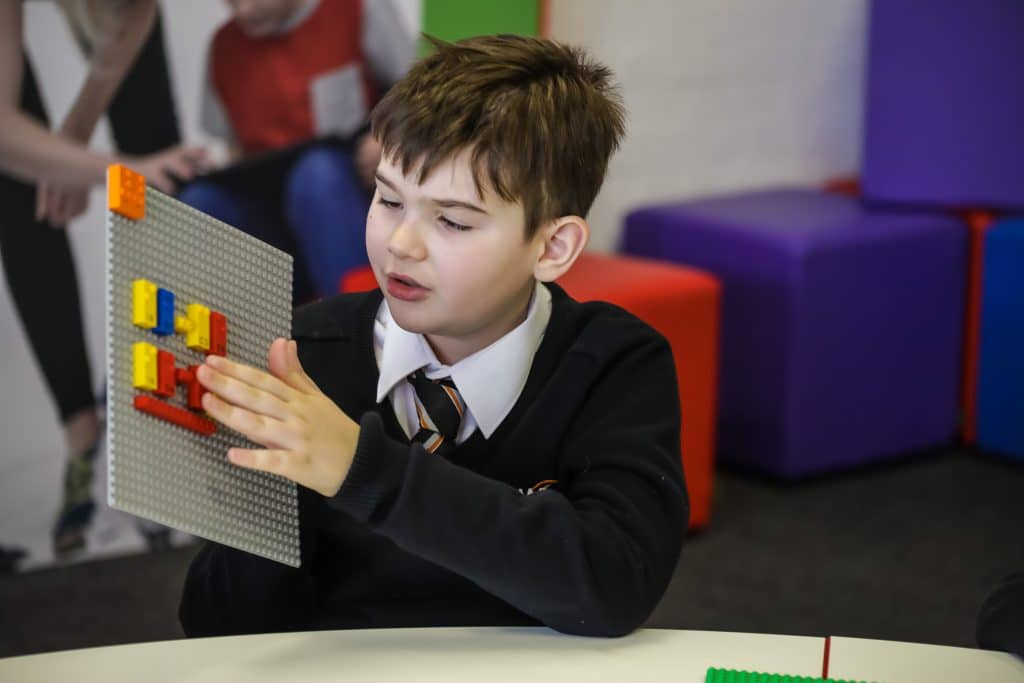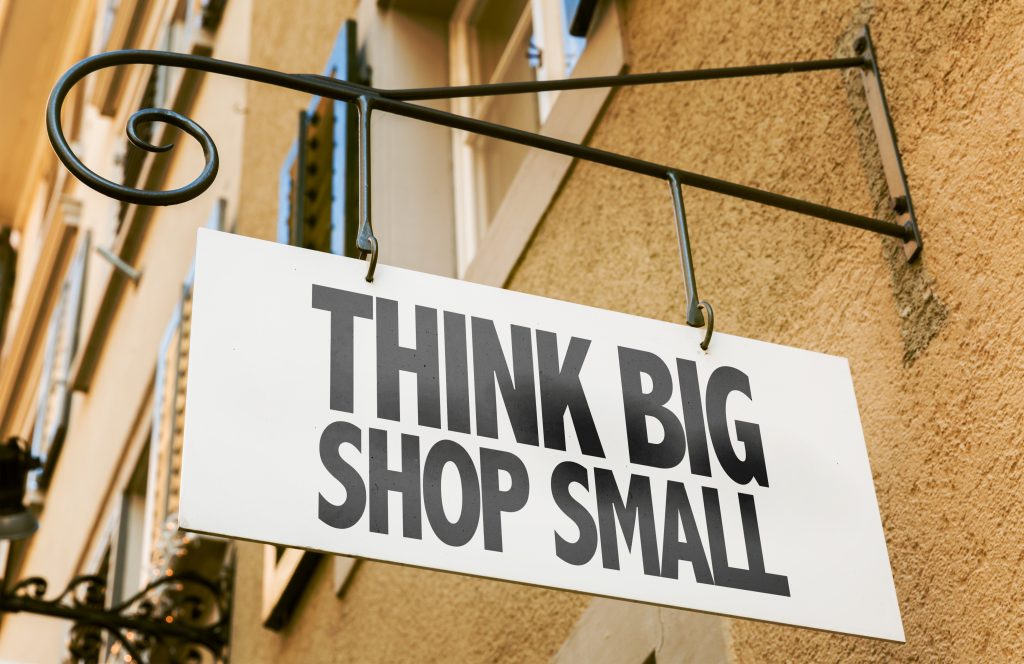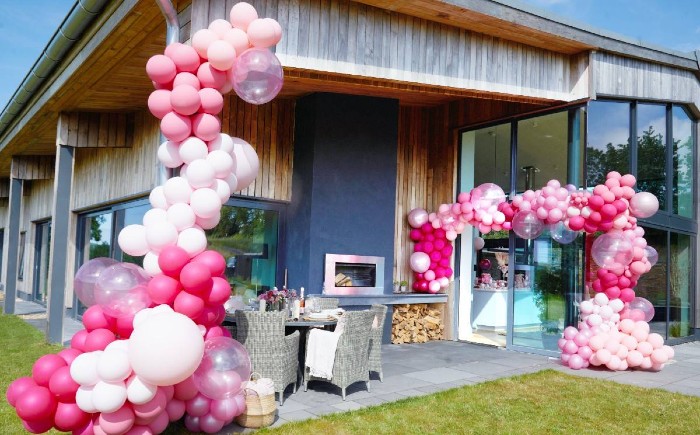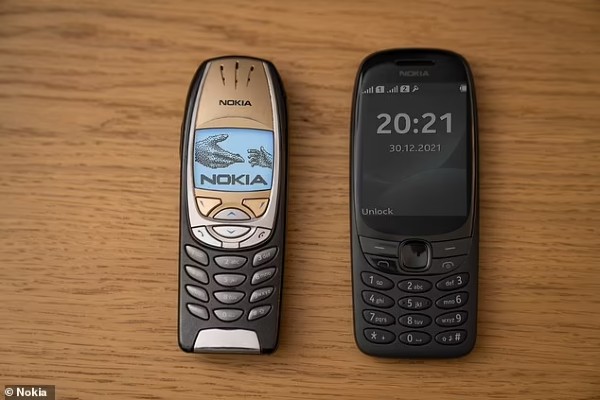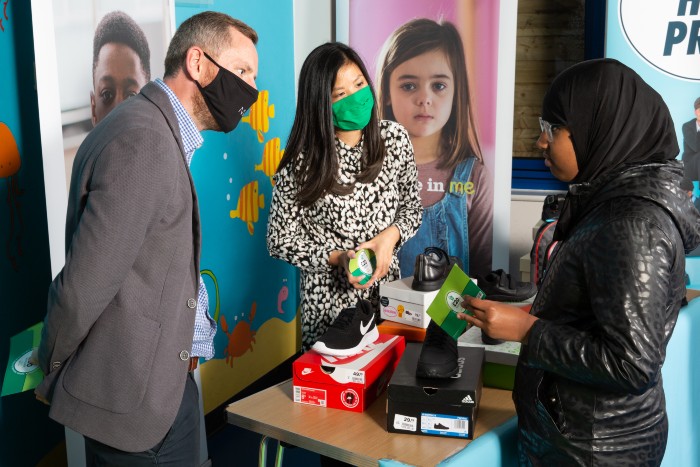One of the best-selling toys in the world, Lego, has taken a step further into exclusivity by introducing building bricks printed with letters and numbers from the braille alphabet.
The initiative, which was first presented at the Sustainable Brands Conference in Paris earlier this year, allows blind and partially-sighted individuals to be able to learn to read as they play with the Lego.
The Braille Bricks feature the same number of studs used for individual letters, numbers and symbols in the Braille alphabet.

The 250 bricks, which are compatible with Lego’s wider collection, are also printed with standard numbers, symbols and letters. This means that teachers, friends and family members can play along.
“Blind and visually impaired children have dreams and aspirations for their future just as sighted children,” Lego Foundation chief executive John Goodwin said.
“They have the same desire and need to explore the world and socialise through play, but often face involuntary isolation as a consequence of exclusion from activities.

“With this project, we are bringing a playful and inclusive approach to learning Braille to children. I hope children, parents, caregivers, teachers and practitioners worldwide will be as excited as we are, and we can’t wait to see the positive impact.”
The idea behind the product was first proposed to Lego in 2011 by the Danish Association of the Blind, and again a few years later, by the Dorina Nowill Foundation for the Blind.

Lego is working closely with associations for the blind in Denmark, Brazil, UK and Norway, which have been given samples of the Lego kits to trial free of charge.
The product is currently available in Danish, Norwegian, English and Portuguese alphabets, while French, Spanish and German alphabets will be tested later this year.
Click here to sign up to Retail Gazette’s free daily email newsletter

